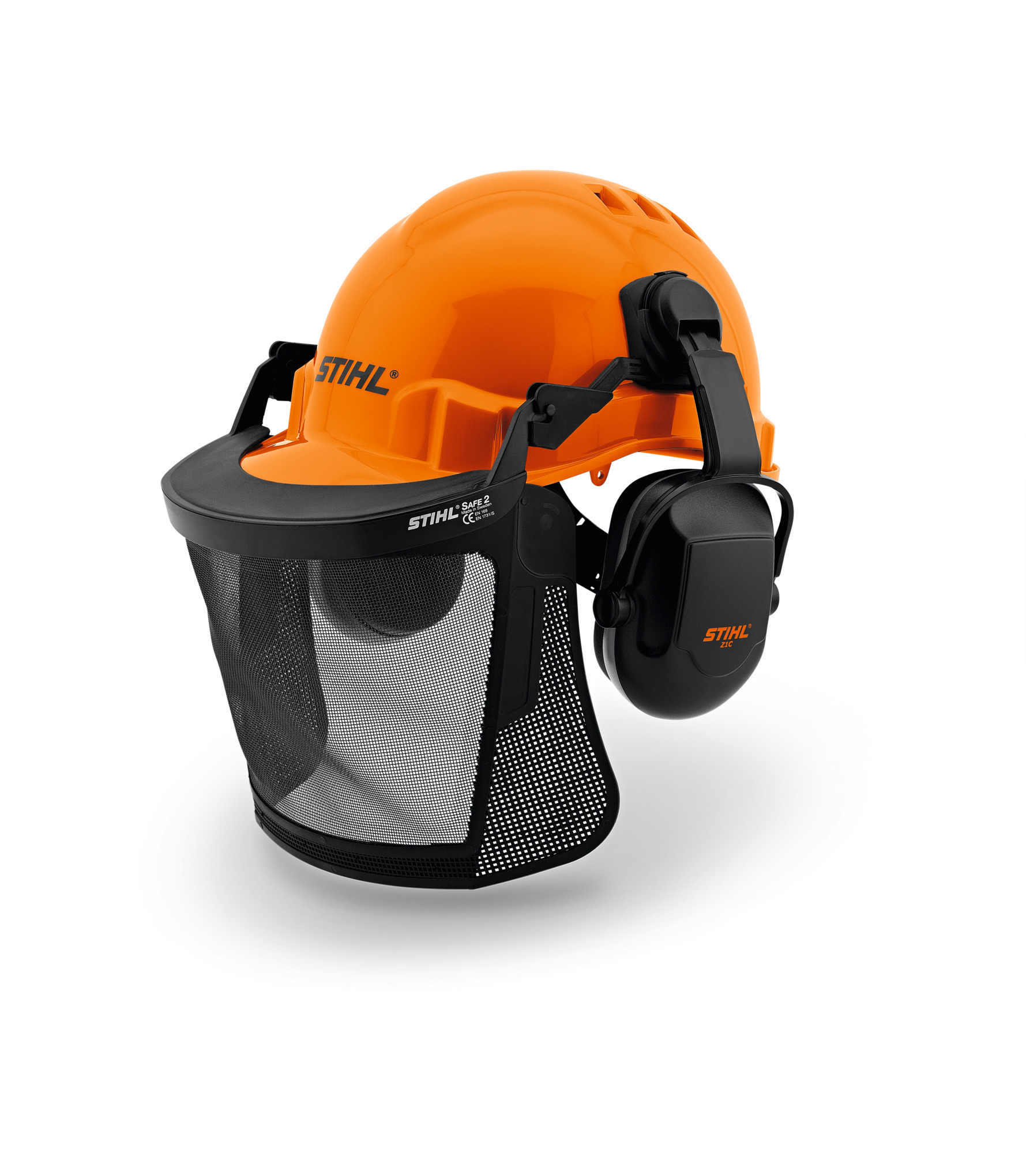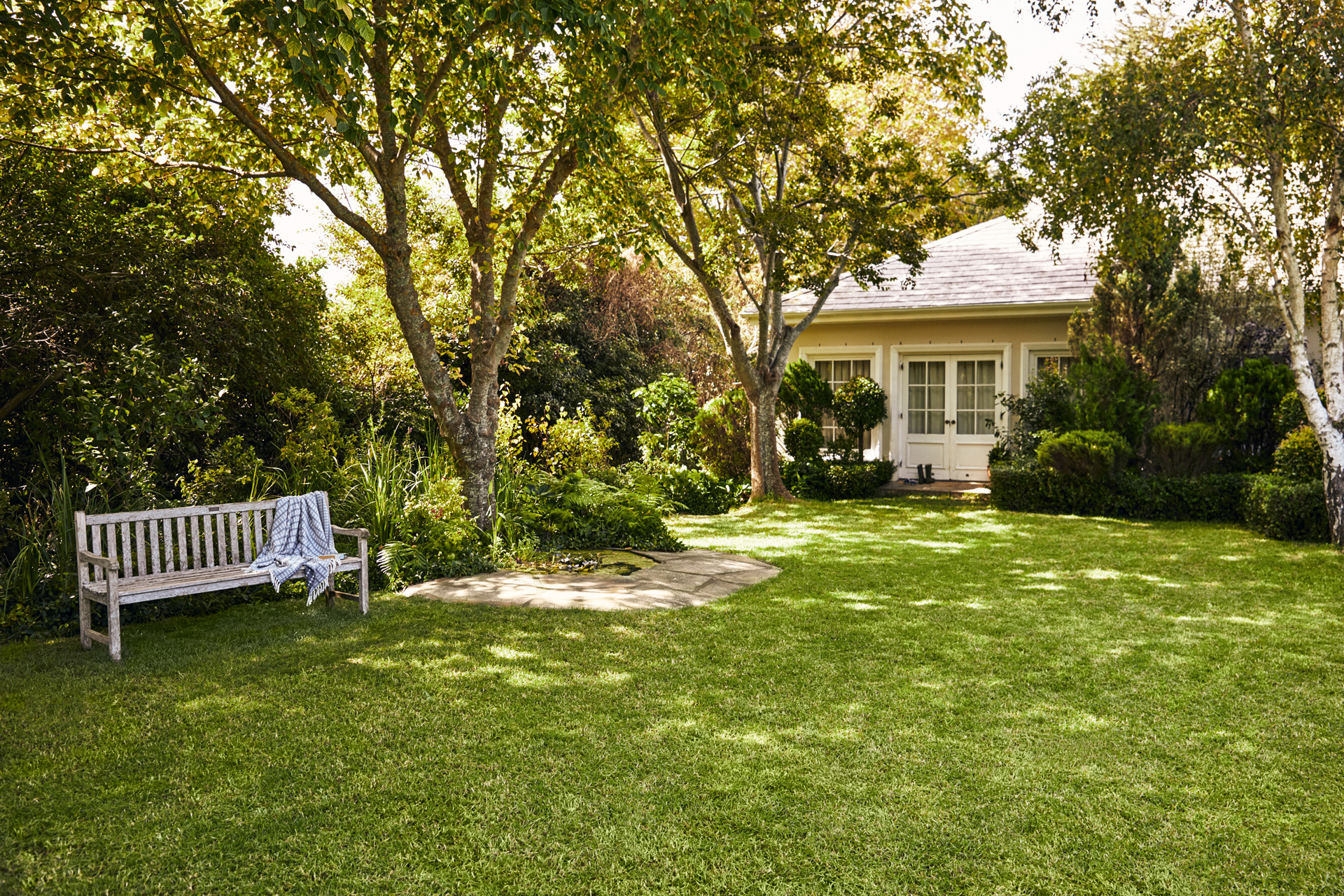Beware of poisonous hedges
Some shrubs and hedges are poisonous. Yew is not suitable for households that include children or pets, because the seeds in its bright red berries are very poisonous.
You should always wear gloves when touching freshly cut stems of thuja, cherry laurel or cypress.
Some caution is also required when trimming privet and box. Always make sure you wear the right protective clothing when pruning and maintaining your hedge.











